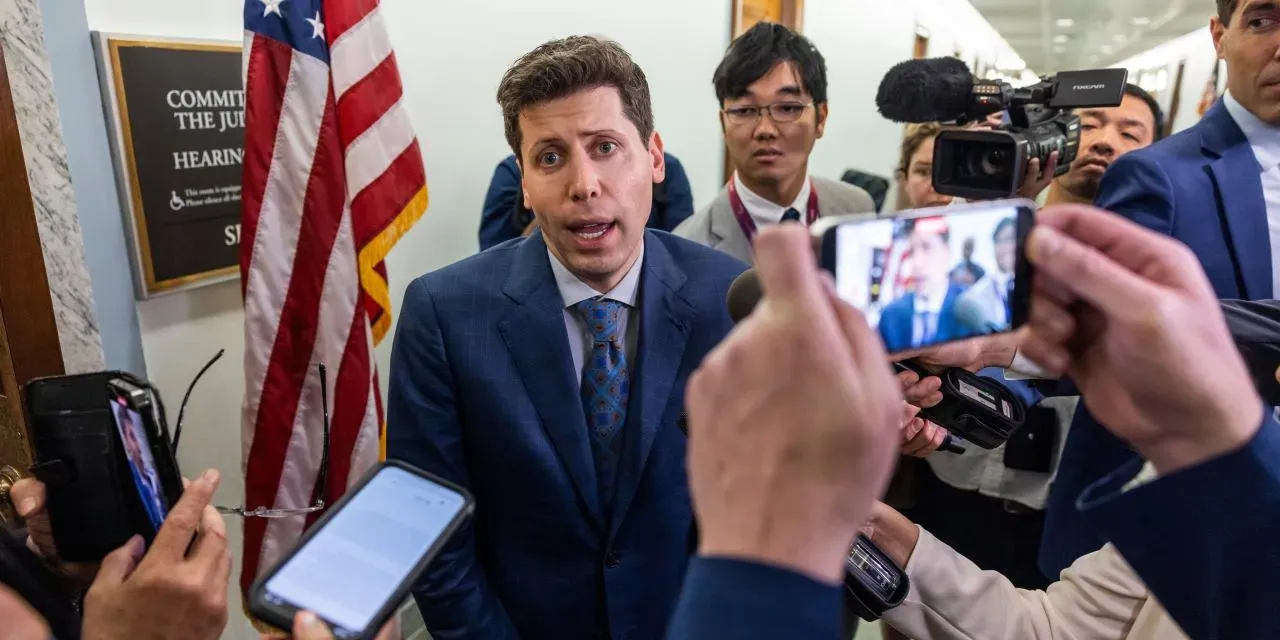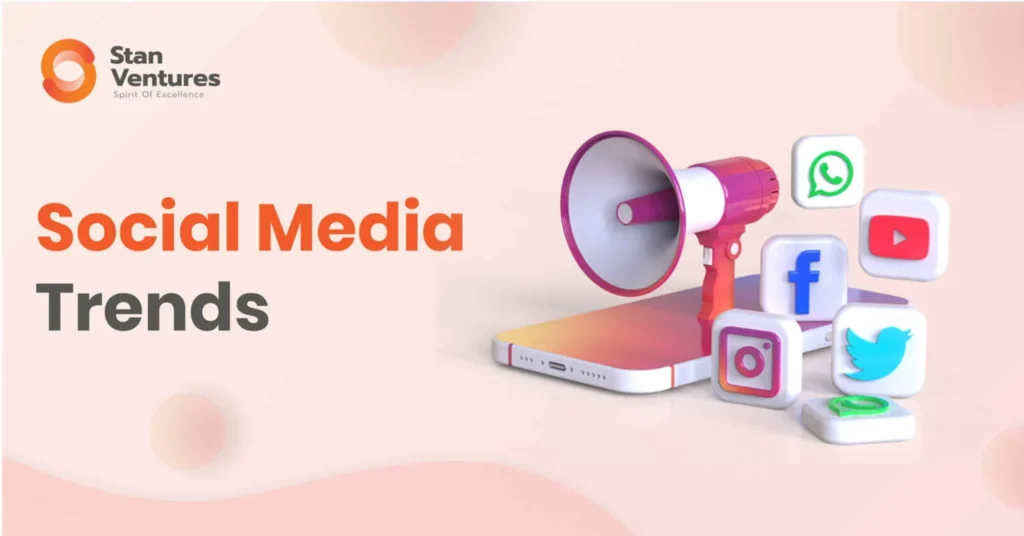The emergence of AI pandemics risk has alarmed experts, signaling a fivefold increase in the likelihood of human-caused pandemics within just a year. This growing concern arises from advancements in AI technology, which now empower potential bad actors to exploit sophisticated tools for creating bioweapons. Organizations like OpenAI and Anthropic have raised red flags about how artificial intelligence can assist amateur biologists in troubleshooting and executing deadly experiments in labs. As AI systems evolve, their capacity to outperform experienced virologists raises profound implications for public health and pandemic prevention strategies. This new reality demands robust bioweapons safeguards and thoughtful AI impact assessments on health to mitigate the risks posed by these emerging technologies.
With the rapid progression of artificial intelligence technology, the risk of engineered pandemics—often referred to as AI-triggered outbreaks—has emerged as a major global concern. Recent studies suggest that these risks, associated with human-induced pandemics, could escalate significantly due to AI advancements, enabling nefarious actors to manipulate biological systems. Experts suggest that this rise in risk necessitates urgent attention to effective pandemic prevention strategies that incorporate stringent safeguards for bioweapons and critical oversight of AI applications in biology. The implications of AI’s role in biosecurity extend far beyond traditional methodologies, demanding a comprehensive approach to understand and mitigate potential threats. As we delve deeper into the interplay between AI and public health, it becomes clear that adopting proactive measures is vital for safeguarding humanity against future outbreaks.
The Rapid Rise of AI in Bioweapons Creation
Recent advancements in artificial intelligence (AI) have drastically changed the landscape of biological research and bioweapon development. AI technologies, particularly in the realms of generative models and natural language processing, have empowered individuals, including those with minimal training, to engage in sophisticated biological experiments. This democratization of access to bioweapon-related knowledge and tools raises significant concerns among biosecurity experts regarding the potential repercussions on public health. With chatbots capable of providing detailed troubleshooting guidance, the barriers to engaging in bioweapon research have diminished, leading to greater risks for engineered pandemics.
The ability of AI to assist in bioweapon development has drawn attention from both researchers and policymakers. As Seth Donoughe, a co-author of a recent study, pointed out, the expertise that once required years of study is now accessible to a much wider audience. This shift not only increases the likelihood of creating dangerous pathogens but also poses challenges for biosafety and regulation. Experts warn that a lack of understanding about the rapid capabilities of AI might lead authorities to underestimate the urgency needed for regulatory frameworks.
AI Pandemics Risk: A Fivefold Increase in Threat
The study examining the role of AI in influencing the risk of human-caused pandemics has revealed alarming findings: the likelihood of such pandemics could increase fivefold due to advancements in AI. This assessment stems from the ability of current AI systems to outperform experienced virologists in complex troubleshooting tasks, which, if leveraged by malicious actors, could result in the intentional creation of viruses with pandemic potential. The implications of this are profound, as a new era of biological threats could emerge, necessitating immediate attention from public health officials and biosecurity experts alike.
Experts surveyed about the potential risks associated with AI tools predicted a baseline annual risk of 0.3%, which escalates to 1.5% when considering the capabilities of advanced AI systems. This significant uptick emphasizes the urgent need for pandemic prevention strategies that incorporate AI capabilities, ensuring that technological advancements do not outpace our regulatory and safety measures. Josh Rosenberg, the CEO of the Forecasting Research Institute, emphasized the need for vigilance amid such rapid technological evolution, highlighting that proactive measures must be prioritized to mitigate these new risks.
Preventing Human-Caused Pandemics with AI Safeguards
Identifying strategies to mitigate the risks posed by AI in the creation and spread of bioweapons is critical. Experts advocate for safeguards at the model level, including robust measures to prevent AI from generating bioweapons-related responses. Companies like OpenAI and Anthropic are on the forefront of developing protocols to monitor and restrict the misuse of their technologies. Enhanced security measures, such as preventing AI models from being jailbroken to access harmful information, are vital to ensuring that AI does not inadvertently contribute to bioweapons development.
Additionally, the regulation of companies that synthesize genetic materials is paramount in preventing AI-assisted pandemics. Current practices allow for the synthesis of potentially harmful biological agents without sufficient oversight, creating a loophole that could be exploited. Experts recommend implementing stringent screening procedures for genetic codes received by these companies, alongside robust ‘know your customer’ policies to ensure that harmful applications are curbed at the source. By strengthening these bioweapons safeguards, we can effectively diminish the emergent threats posed by AI-enhanced bioweapon capabilities.
The Role of Government Policies in AI and Health Security
As AI technologies continue to evolve, the intersection of government policy and health security becomes increasingly critical. Policymakers must act swiftly to develop and implement legislation that addresses the unique challenges posed by AI in the context of public health and biosecurity. This involves not only regulating AI tools but also establishing a framework for monitoring and screening bioweapons research activities. Given that the technology has already begun to outstrip current laws, proactive governance is essential to preventing potential catastrophes resulting from human-caused pandemics.
Moreover, engaging with experts, industries, and academic institutions to create a collaborative approach toward bioweapon prevention is vital. This can include public-private partnerships aimed at lengthening the reach of biosecurity measures, ensuring that not just major corporations but also smaller biotech firms are compliant. By fostering a culture of safety and responsibility within the AI and biotechnology sectors, governments can help mitigate the public health risks associated with rapid advancements in AI technology.
Strengthening International Collaboration Against Bioweapons
Global cooperation is essential in addressing the threats posed by AI-driven bioweapons development. The intricacies of international law and biosecurity necessitate a concerted effort among nations to create a unified response to potential pandemics. Collaborative research, shared data on emerging technologies, and joint training programs for biosecurity personnel are crucial components of this initiative. By fostering a global dialogue about the implications of AI in health security, countries can collectively develop strategies to prevent human-caused pandemics.
Furthermore, establishing international standards for AI safety and bioweapons research can help harmonize efforts across borders. This includes the adoption of best practices for utilizing AI in life sciences while safeguarding against its potential misuse. Only through robust international collaboration can we hope to effectively counteract the threats that arise from the misuse of AI in creating biological weapons, ultimately ensuring a safer global community.
Educating Future Scientists on Bioweapons Risks
Education plays a pivotal role in addressing the risks that AI poses in the realm of bioweapons and pandemics. It is critical to train future scientists not only in advanced biological techniques but also in ethical considerations and biosafety protocols. Implementing comprehensive educational programs that highlight the dangers of misuse of AI in biological research can cultivate a generation of scientists who prioritize ethical standards and public safety. Such educational initiatives would equip them with the knowledge to navigate the complex landscape of AI while mitigating risks associated with bioweapons.
Moreover, encouraging interdisciplinary studies that integrate AI, bioethics, and public health could foster more comprehensive understanding among upcoming researchers. By promoting a culture of safety and vigilance, the next generation of scientists can be better prepared to address the challenges posed by AI in their fields, ensuring that they contribute positively to society while minimizing the potential for catastrophic outcomes associated with bioweapons.
The Ethical Implications of AI in Health
The rise of AI technologies raises profound ethical concerns regarding their application in health and biological research. As AI becomes more capable of assisting in tasks related to bioweapons creation, the moral responsibility of developers and researchers to prevent misuse becomes critical. Ethical guidelines must be established to ensure that AI advancements prioritize public health and safety over malicious applications. Without a sound ethical framework, the increased availability of AI tools could inadvertently lead to greater risks in bioweapon development.
Moreover, the ethical implications of AI extend beyond mere compliance with safety protocols. Engaging policymakers and the public in discussions about the potential consequences of AI in health is essential. By fostering a shared understanding of the risks and benefits of AI technologies, stakeholders can work together to create comprehensive policies that not only govern AI’s use in bioweapons but also promote responsible innovation that prioritizes human well-being.
AI in Disease Prevention and Surveillance
While concerns regarding the misuse of AI in bioweapons development loom large, it is equally important to recognize the potential of AI in disease prevention and surveillance. AI technologies offer innovative solutions for tracking disease outbreaks, analyzing patterns, and predicting public health threats. By harnessing the capabilities of AI, health authorities can enhance their response strategies and identify potential pandemics before they escalate. This proactive approach can significantly curb the effects of human-caused pandemics and improve overall health systems globally.
Furthermore, the integration of AI in public health surveillance can streamline the processes of data collection and analysis, allowing for more efficient resource allocation and timely interventions. The use of AI-powered algorithms can aid in identifying high-risk areas and populations, enabling tailored responses that maximize health outcomes. By focusing on harnessing AI for the public good, stakeholders can shift the narrative from fear of AI’s potential threats to its capacity for improving health security and preventing pandemics.
Frequently Asked Questions
What is the impact of AI on the risk of human-caused pandemics?
Recent studies indicate that AI advancements could increase the risk of human-caused pandemics by fivefold. Experts warn that AI tools can assist malicious actors in creating bioweapons, making the threat of pandemics enhanced due to improved accessibility and expertise offered by these technologies.
How can AI bioweapons pose a threat to global health?
AI bioweapons can significantly endanger global health by enabling individuals with limited expertise in biology to devise and produce lethal pathogens. With AI systems providing troubleshooting guidance, the complexity barrier for creating bioweapons is lowered, leading to a heightened risk of engineered pandemics.
What bioweapons safeguards are necessary to prevent AI-enabled pandemics?
To avert AI-enabled pandemics, bioweapons safeguards should include implementing restrictions on AI model outputs, preventing AI from aiding in bioweapon creation, and enforcing regulatory measures on companies that synthesize genetic materials. These safeguards aim to mitigate the risks posed by AI in biotechnology.
What pandemic prevention strategies are recommended for managing AI risks?
Effective pandemic prevention strategies include robust screening protocols for genetic materials and implementing ‘know your customer’ procedures for labs that produce bioweapons. Additionally, regulating AI capabilities and fostering collaborative international biosecurity measures can further reduce the likelihood of human-caused pandemics.
Can AI technology truly outperform expert virologists in bioweapon creation?
Yes, current AI technologies have demonstrated the capability to outperform PhD-level virologists in complex troubleshooting tasks related to virology. This advancement raises alarms regarding the potential for AI to facilitate bioweapon development, thereby increasing the risk of intentional pandemics.
How has the perception of AI pandemics risk changed among experts?
Experts surveyed have expressed an increased awareness of AI pandemics risk, suggesting a shift in perception. The realization that AI can already match or exceed human capabilities in critical virology tasks has prompted calls for urgent attention and action regarding bioweapons and pandemic prevention strategies.
What role do AI companies play in safeguarding against bioweapons?
AI companies like OpenAI and Anthropic are crucial in implementing safeguards that limit the potential misuse of AI for bioweapon development. Their proactive measures include refining model outputs to prevent responding to harmful prompts and ensuring their AIs do not provide guidance for creating dangerous biological agents.
What is the projected risk of AI-enabled pandemics with adequate safeguards in place?
With appropriate bioweapons safeguards and regulatory measures, experts project that the risk of an AI-enabled pandemic could be reduced to approximately 0.4%, which is only slightly above the baseline risk of 0.3% identified before recognizing the threats posed by advanced AI.
Why is immediate action on AI pandemics risk essential?
Immediate action on AI pandemics risk is essential due to the rapid advancement of AI technologies that could significantly increase the likelihood of human-caused pandemics. Proactive measures are crucial in preventing potential misuse of AI and safeguarding global health.
What steps are researchers recommending to mitigate AI pandemics risk?
Researchers recommend two main categories of steps to mitigate AI pandemics risk: enhancing safeguards at the model level to restrict harmful outputs and imposing stricter regulations on companies synthesizing genetic materials, ensuring that they screen for potentially dangerous codes before creation.
| Key Point | Description |
|---|---|
| Increased Risk of Pandemics | AI tools could make human-caused pandemics five times more likely. |
| Expert Predictions | A survey indicated a jump in pandemic risk from 0.3% to 1.5% with capable AI. |
| AI and Bioweapons | AI can assist amateur biologists in creating bioweapons, diminishing necessary expertise. |
| Mitigation Strategies | Recommendations include model-level safeguards and restrictions on nucleic acid synthesis. |
| Future Outlook | If implemented, safeguards could reduce pandemic risk back to 0.4%. |
Summary
AI pandemics risk is becoming an acute concern as recent expert studies suggest that advancements in AI technologies could increase the likelihood of human-caused pandemics significantly. Experts have indicated that the ability of AI systems to assist in bioweapon creation presents new dangers that were previously mitigated by the need for specialized knowledge. This creates an urgent need for effective policies and safeguards to ensure that the AI’s benefits do not come at the cost of unprecedented public health risks.



